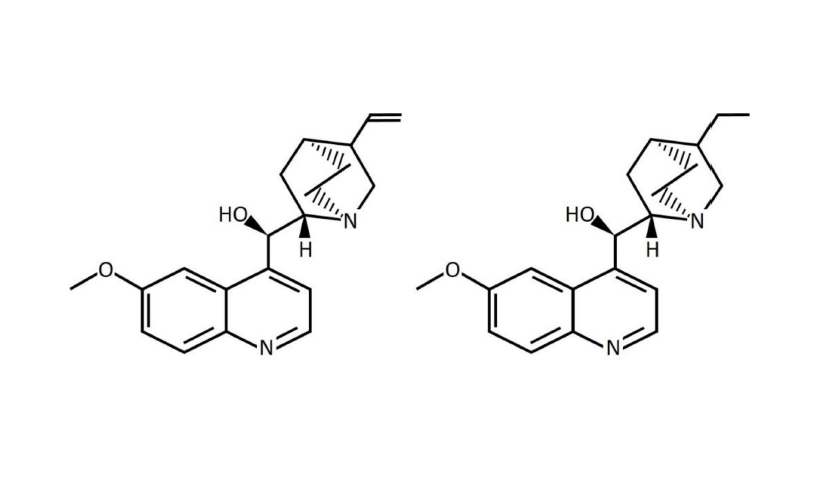PORTSMOUTH, United Kingdom — Strains of bacteria and viruses that have evolved to overcome the very drugs designed to kill them are a major global public health threat. According to the CDC, antimicrobial resistance is responsible for millions of deaths annually across the globe. Now, however, help may soon be on the way from an unexpected source — tree bark.
Scientists from the University of Portsmouth and Naresuan and Pibulsongkram Rajabhat Universities in Thailand have discovered that a naturally occurring compound found in the bark of certain trees boasts bacteria-killing prowess against numerous microorganisms. Doctors already use the compound, known as hydroquinine, to help treat malaria in humans, but this is among the first projects to focus on its drug-resistant properties.
Overall, the research team concludes that hydroquinine’s antimicrobial properties make it an ideal candidate for future clinical investigation.
“Using bacterial killing experiments, we found that hydroquinine was able to kill several microorganisms including the common multidrug-resistant pathogen pseudomonas aeruginosa,” says Dr. Robert Baldock from Portsmouth’s School of Pharmacy and Biomedical Sciences in a university release. “Characteristically, we also discovered that one of the main mechanisms used by these bacteria to escape killing activity of the drug was upregulated with treatment – indicating a robust response from the bacteria.”
“By studying this compound further, our hope is that it may in future offer another line of treatment in combatting bacterial infections,” the researcher adds.

Some superbugs can kill up to 50 percent of patients
In the United States alone, drug-resistant bacteria are responsible for 35,000 deaths annually and over 2.8 million infections. The most common antibiotic-resistant “superbugs” cause diseases such as pneumonia, urinary tract infections, and sepsis. Notably, bloodstream infections with the bacteria P. aeruginosa have an association with particularly high mortality rates of between 30 and 50 percent.
Moving forward, study authors want to see more investigations into the antimicrobial resistance properties and side effects of hydroquinine.
“Our future research aims to uncover the molecular target of hydroquinine. This would help our understanding of how the compound works against pathogenic bacteria and how it could potentially be used in a clinical setting,” concludes Dr. Jirapas Jongjitwimol from the Department of Medical Technology at Naresuan University.
The findings appear in the journal Tropical Medicine and Infectious Disease.

